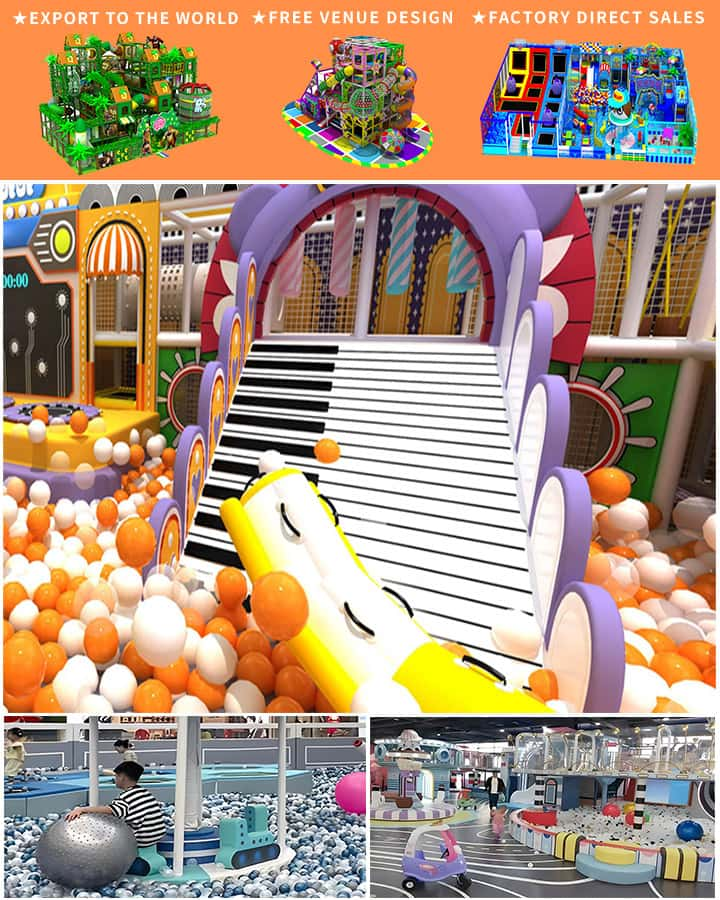Indoor playgrounds have become a popular destination for children and their families, offering a safe environment for kids to play and expend energy regardless of weather conditions. However, one crucial aspect that parents should be aware of is the age limit imposed on these facilities. These restrictions are in place not just as arbitrary rules, but with careful consideration for safety, developmental appropriateness, and the optimal experience for all attendees.
What Determines the Age Limit?
Indoor playgrounds often cater to specific age groups, typically ranging from toddlers to school-aged children. The determination of age limits is based on several factors:
Safety: The primary concern is ensuring the physical safety of young visitors. Older children may engage in more vigorous activities or use equipment in ways that could endanger younger ones. Therefore, age limits help mitigate potential accidents.
Developmental Suitability: Different age groups have varying motor skills, cognitive abilities, and social needs. Separating them according to age ensures that each child can enjoy activities best suited to their developmental stage. Younger children, for instance, might need softer play areas while older kids can handle more challenging structures.
Parental Supervision: Age limits also consider the ability of parents to supervise their children effectively. Parents of infants or toddlers may require closer oversight compared to those with older, more independent children.

Playground Design: Many indoor playgrounds feature specialized equipment designed specifically for certain age ranges. This equipment is tailored to match the physical capabilities and interests of children within those age brackets.
Common Age Limits in Indoor Playgrounds
Typically, indoor playgrounds set their age limits in a manner that accommodates different stages of childhood development:
Toddlers (0-4 years): This section is usually equipped with soft matting, small slides, ball pits, and gentle climbing structures. The focus here is on sensory exploration and basic motor skill development.
Preschoolers (5-7 years): As children grow, they gain better coordination and balance. This area might include slightly larger climbing frames, swings, and interactive play panels that stimulate imaginative play.
School-Aged Children (8+ years): For older kids, the playground often features more complex structures, such as multi-level climbing walls, rope bridges, and zip lines. These challenges promote strength, agility, and problem-solving skills.
Benefits of Age-Restricted Play Areas
By adhering to age limits, indoor playgrounds offer several benefits:
Enhanced Safety: With age-specific zones, the risk of injury due to size mismatches or inappropriate play decreases significantly.
Optimized Experience: Each child gets to enjoy an environment tailored to their interests and abilities, enhancing their overall enjoyment and learning.
Peace of Mind for Parents: Knowing that their child is playing in an age-appropriate area allows parents to relax and enjoy the outing too.
Conclusion
The age limit at indoor playgrounds is a thoughtful consideration aimed at balancing safety, fun, and developmental appropriateness. By understanding these guidelines, parents can make informed decisions about where and when to bring their little ones for a day of playful adventure. So, next time you plan an indoor playdate, remember to check the age restrictions – it’s all part of ensuring your child has the best possible time in a secure and suitable environment.




